 by Julia Fenwick, Arcane Arts Museum
by Julia Fenwick, Arcane Arts Museum
The last time knitting was in vogue, magicians weren’t interested in it. The pilled sweaters and bulky ponchos of our youth certainly had nothing magical about them. But now it’s the information age, and modern knitters aren’t satisfied to spend years mastering garter stitch or basic cables. They expect to see something new in every issue of every knitting magazine on the shelves, and authors have not disappointed them; but in an indiscriminate search for novelty, we have rediscovered some stitches best left forgotten.
In countries like Sio and the Orren Islands, knitters didn’t write down patterns. They shared them by knitting them onto the ends of pattern samplers, much the way modern magicians cast charms into their friends’ grimoires. None of us would pick up an old grimoire and begin casting every charm in it, but knitters delight in retrieving lost knitting patterns from these samplers without ever asking local knitters how to use them safely. To be sure, if knitting ethnologists did ask local knitters’ advice, they would be given a hodgepodge of superstition and reasonable warning, with no way to distinguish the two.
Superstitions about knitting abound in the Sio uplands, where most of the more challenging lace patterns arose. Some are based on analogy. For instance, Sio knitters prefer smooth to rough for women, rough to smooth for men; therefore laces for women are knitted on a ground of stockinette stitch, laces for men on a ground of garter stitch. The more modern fashion of knitting a garter-stitch edging onto a lace shawl to prevent the edges from rolling is viewed with deep suspicion among traditional Sio knitters, as an insult to, if not a curse on, the woman who receives the shawl.
Likewise, whether a triangular shawl is knitted from the wide end or from the point is of great significance in Sio, especially if it is a traditional bridal shawl. A shawl knitted from the wide end to the point predicts a narrowed life for the bride. In some provinces, this is called the ‘mother-in-law shawl,’ the implication being that the new mother-in-law will use its magic properties to reduce the bride to a household servant. Examples of such shawls in the Social Magic Museum of the Royal Academy at Osyth display a wide variety of truly malignant stitches.
Malignant stitches in Sio knitting fall into two main categories.
1. Increase-decrease pairings enhance whatever other magic is knitted into the shawl. The more drastic the increase and decrease, and the more suddenly they follow one another, the stronger their effect. The well-known ‘nupp’ or ‘knupp’ is a classic example; multiple stitches are knitted into one stitch, and then all are purled together again on the next row.
While most knitters make 5 stitches to create a nupp, witches will use many more. I have seen an accomplished witch write a charm on her forefinger and wipe it off with the point of the working needle as she made the loops of a nupp, finishing the nupp only when the charm was completely transferred to the working needle. In this way the charm was not only incorporated into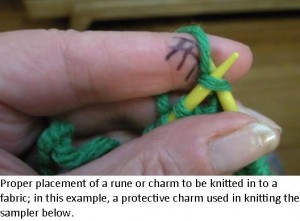 the final lace but enhanced thirteen-fold by the loops of the nupp; and since the final shawl contained over a hundred nupps, it was a truly powerful artifact! Fortunately, that particular charm was a blessing.
the final lace but enhanced thirteen-fold by the loops of the nupp; and since the final shawl contained over a hundred nupps, it was a truly powerful artifact! Fortunately, that particular charm was a blessing.
2. Twists – twisted stitches interfere with the smooth flow of the wearer’s life. Simple twisted stitches such as ‘knit through back loop’ have a minor effect and may even be used in conjunction with benign charms to enhance creativity. More complex twisted stitches, however, bode ill. 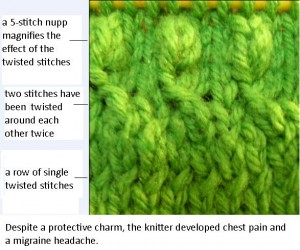 One shawl from the Orren Islands contains a repeated motif in which a group of three stitches is lifted off the needle, twisted three times, and replaced. For five generations, every woman who wore this shawl late in pregnancy had a problematic delivery. Finally, the shawl was identified when it set off the wards in a hospital’s Emergency Room.
One shawl from the Orren Islands contains a repeated motif in which a group of three stitches is lifted off the needle, twisted three times, and replaced. For five generations, every woman who wore this shawl late in pregnancy had a problematic delivery. Finally, the shawl was identified when it set off the wards in a hospital’s Emergency Room.
As most knitters are not magically talented, and are not trying to cast charms into their garments, nupps are not particularly dangerous. Some stitches, however, have intrinsic magic. Here are two the home knitter might do well to avoid:
K2togf&B – in this stitch, you knit two stitches together through their front loops, making them into one stitch; then you knit the same two together again through their back loops, making another stitch. This is both a decrease-increase pairing and creates a doubled twisted stitch. This stitch was heavily used in trimmings for magicians’ clothing at one time, and is still favored by some demonologists. In non-magical settings, it attracts cats to attack the knitting project.
P2tog, K2 tog in same 2 stitches – this is the same stitch, with the difference that instead of knitting through the front and back loops you purl and knit through the two stitches. That makes a decrease-increase without a twisted stitch, a less malignant pattern than the previous example. However, it is associated with hot flashes in both the creator and the recipient of the garment.
It goes without saying that any variants of these involving more than two stitches will be proportionately more powerful and damaging. However, very few knitters can accomplish such stitches, as they cause cramping and severe pain in the hands that attempt them. And just as well!
The adventurous knitter should remember that any complex project contains potential risks. A knitting pattern, like a music score, must be analyzed before it is attempted. Fancy stitches without a clear structural function – such as the two above, each of which takes two stitches and makes them into two stitches – should be viewed with suspicion. If you can’t tell what they are doing in the pattern, it is probably something you shouldn’t be trying to do. But caution and common sense can spot most malignant stitches and avoid most problems. So have fun and knit smart!

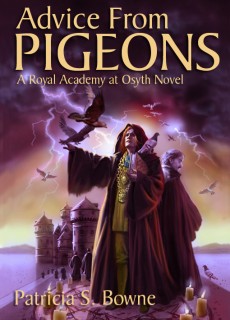
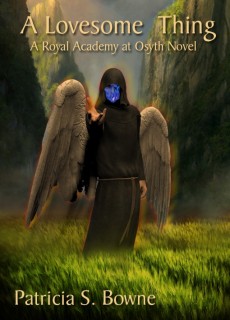
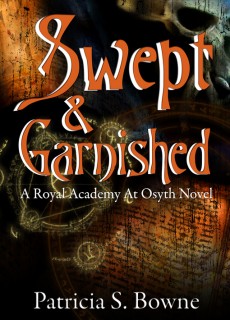
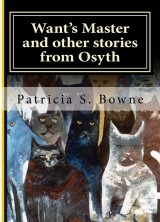
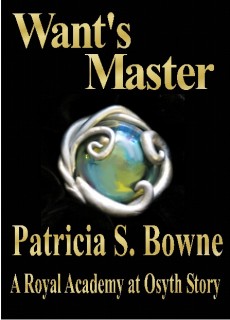
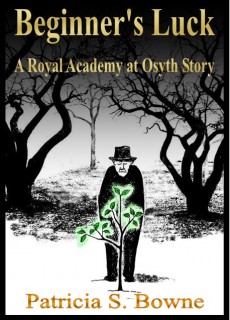
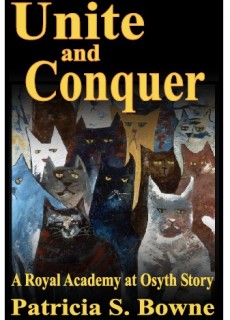
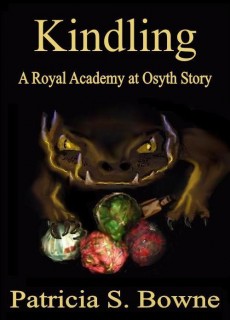
[…] Magical Knitting; Wicked Stitches | The Royal Academy at Osyth Blog […]